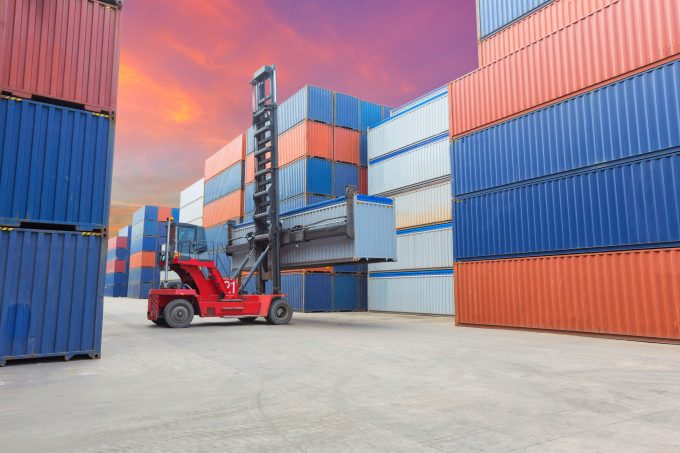Latest Israeli attack on Iran a threat to box ships in Straits of Hormuz
Commercial shipping in the Middle East may face a new threat after a wave of ...

Shippers and forwarders could find it “impossible” to position containers in the right place at the right time, as the global box shortage worsens.
The global dearth of containers has been threatening to disrupt shipping over the past few months, driven by Red Sea crisis diversions. ...
MSC switches two more Asia-Europe port calls from congested Antwerp
Canada and Mexico get cosy with trade plan to bypass US
Front-loading frenzy has made traditional H2 peak season 'unlikely'
Tradelanes: Export boom in Indian sub-continent triggers rise in airfreight rates
Carriers introduce surcharges as congestion builds at African ports
Mexican airport modernisation plan unlikely to boost cargo facilities
Ports and supply chain operators weigh in on funding for CPB
Tradelanes: Overcapacity on Asia-S America impacting alliances and rates

Comment on this article